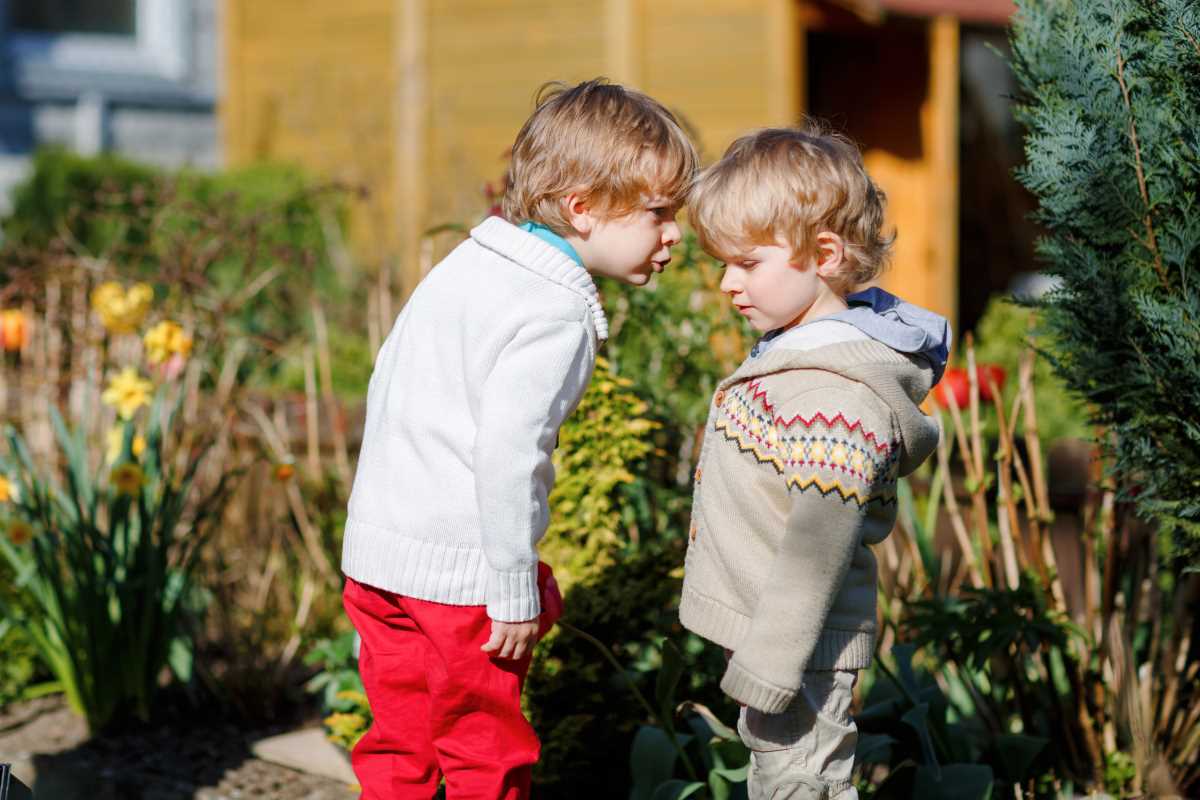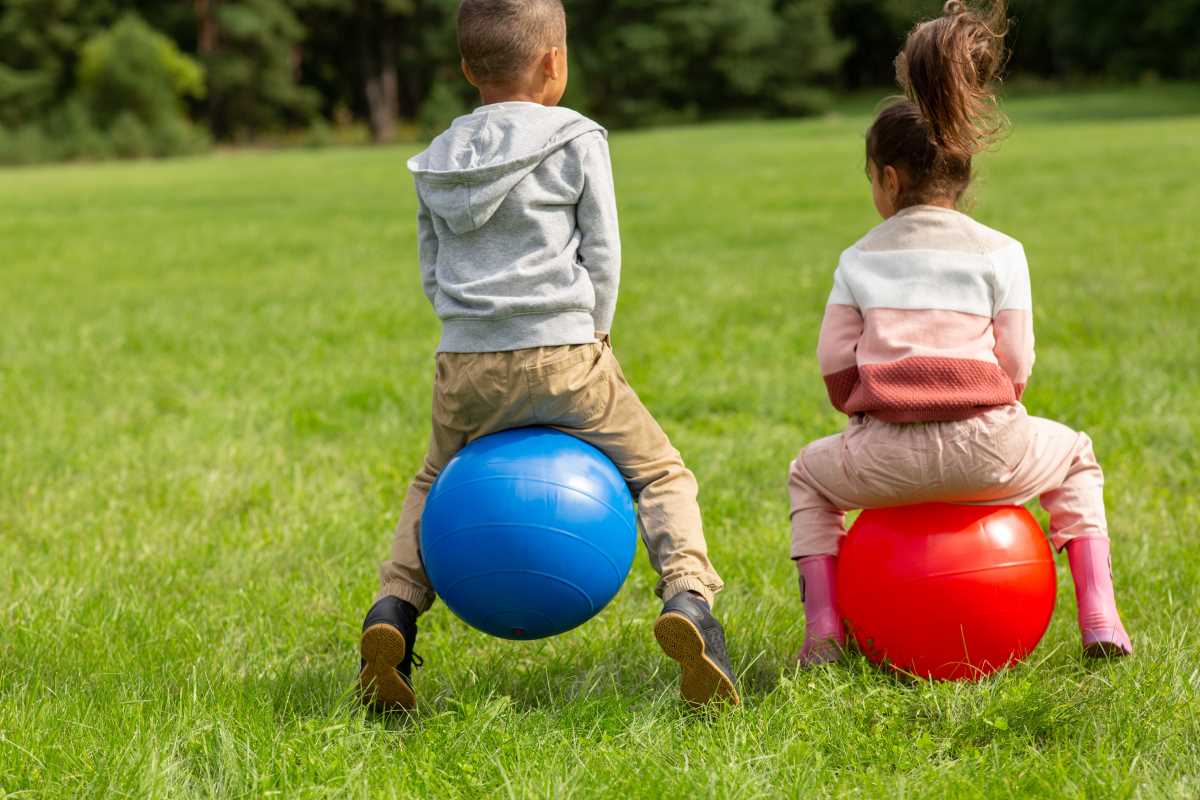The world moves at lightning speed, and it often feels like there’s little time to pause and appreciate what we have. Our kids, growing up surrounded by instant gratification and non-stop distractions, might find it especially hard to slow down and reflect. But gratitude is a powerful skill. Teaching children how to be thankful not only benefits their relationships but also improves their emotional well-being, making them happier and more grounded individuals.
Gratitude isn’t something kids are born knowing. It’s a mindset we can foster through intentional practices and teaching moments. By helping kids learn to appreciate the big and small joys of life, we give them tools to thrive, even in today’s fast-paced world. Here’s how parents can nurture gratitude in their children through mindfulness, setting an example, and creating meaningful family traditions.
Encourage Mindfulness to Cultivate Awareness
Mindfulness is the practice of being present and fully engaged in the moment. When children learn mindfulness, they become more aware of the world around them, making it easier to recognize and appreciate the good in their lives.
Teach Kids to Notice the Little Things
Gratitude often lies in the small details we typically overlook. Encourage your kids to slow down and take note of their surroundings. For example, on a walk, ask them to point out something beautiful they see, like the way sunlight hits the leaves or the sound of birds chirping.
Practice Gratitude Journaling
Introduce your children to the habit of gratitude journaling. Each evening, have them jot down three things they’re thankful for, whether it’s a delicious dinner, a kind friend, or a fun game. Writing things down makes their gratitude more tangible and helps them reflect on what went well in their day.
Use “Gratitude Breaths”
For younger kids who might not sit still, tie mindfulness to breathing. Teach them to take a deep breath while thinking of something they’re grateful for, like their cozy bed or a favorite toy. Deep breaths paired with gratitude can help kids feel calm and centered, even during hectic moments.
Turn Off Distractions
Create moments where the whole family can unplug from screens and focus on the present. Whether it’s during meals or a car ride, these pauses in the daily rush make it easier for kids to develop mindfulness and gratitude.
Be a Role Model for Gratitude
Children learn by watching the adults in their lives. If you want your kids to show appreciation, it’s important that they see you practicing gratitude in your daily actions.
Express Gratitude Daily
Make a habit of voicing your gratitude throughout the day. Say things like, “I’m so thankful for this sunny weather,” or “I really appreciate how you helped me with the dishes.” When kids see gratitude woven into everyday moments, they’re more likely to follow suit.
Thank Your Kids
Show your children what it feels like to receive genuine thanks. If they clean their room or offer to help with a chore, take the time to thank them sincerely. For instance, “Thank you for putting away your toys. It really helps keep the house tidy, and I really appreciate it.”
Highlight Positivity During Tough Times
Life isn’t always easy, and kids will learn a lot from how you handle challenges. Instead of dwelling on frustrations, point out small positives. For example, if a family party gets rained out, you might say, “It’s a bummer the weather didn’t cooperate, but I’m grateful we still got to relax together indoors.” This helps children see that gratitude has a place even on tough days.
Celebrate Acts of Kindness
Notice and acknowledge kind actions, whether it’s a sibling sharing a snack, a neighbor offering help, or a stranger holding a door open. When you acknowledge these small moments of kindness, kids start to see the value in appreciating others' actions.
Create Family Traditions That Encourage Gratitude
Traditions are a meaningful way to reinforce gratitude as a family value. These shared practices can teach kids to appreciate their blessings while fostering connection and empathy.
Incorporate “Thankful Moments” Into Daily Life
Start a simple family ritual where everyone shares something they’re grateful for each day. This could happen around the dinner table, during bedtime, or even in the car after school. Hearing and celebrating what others appreciate sets a positive tone for the household.
Write Thank-You Notes Together
Thank-you notes may seem old-fashioned, but they’re a timeless way to teach kids how to express gratitude. When they receive a gift, encourage them to write a note (or draw a picture for young kids) to show their appreciation. Make it a family activity by writing notes together after holidays or special occasions.
Volunteer as a Family
Nothing fosters gratitude like giving back. Find ways to volunteer as a family, whether it’s helping at a food bank, baking for a neighbor, or cleaning up a local park. These experiences help kids understand how their actions can contribute to others’ happiness and well-being.
Keep a Family Gratitude Jar
Create a gratitude jar where family members can add notes about things they’re thankful for throughout the week. You can decorate the jar together and keep it in a central spot. At the end of the month or year, read the notes together to reflect on all the good moments you’ve shared.
Celebrate the Seasons With Gratitude
Each season brings unique opportunities to practice gratitude. For example:
- Fall: Take time to reflect on what you’re thankful for at Thanksgiving. Host a “gratitude dinner” where everyone shares why they appreciate each other.
- Winter: Encourage kids to donate toys they no longer use to bring joy to others during the holiday season.
- Spring: Celebrate nature by planting a gratitude garden where each plant represents something your family is thankful for.
- Summer: Use vacations or special outings as a chance to talk about the privilege of spending time together and exploring the world.
Help Kids Understand the Impact of Gratitude
Teaching kids gratitude goes beyond saying “thank you.” It’s about helping them understand how appreciation can positively impact others and themselves.
Discuss How Gratitude Makes Others Feel
Explain how expressing gratitude can brighten someone’s day. For instance, when a child thanks their teacher for extra help, it makes the teacher feel valued. Roleplay scenarios to help kids practice sharing gratitude and recognizing its effects.
Share Stories About Acts of Gratitude
Use storytelling to help kids explore what gratitude looks like in action. Share personal experiences or read books that emphasize thankfulness and kindness. Stories make abstract concepts like gratitude more relatable.
Reflect on Personal Growth
Occasionally, encourage kids to think about how gratitude has affected them. Ask questions like, “How do you feel when someone thanks you?” or “When you’re grateful for something, does it make you feel happier?” These prompts help kids connect their internal feelings with the concept of gratitude.
 (Image via
(Image via





